Corgarff Castle | All you need to know before you go!

Disclosure: Some of the links above are affiliate links, meaning, at no additional cost to you, I will earn a commission for purchases made through links in this post. However, please note I only recommend products that I have verified and/or personally used.
Set amidst an isolated and rugged Aberdeenshire landscape, you'll find Corgarff Castle. From afar, this castle looks rather ordinary, that is until you get closer and you discover that the castle has a peculiar star-shaped walled perimeter. This feature alone sets it apart from any other castle you could visit in Scotland. The castle dates back to the 16th century and despite it's seemingly lonely location, back in the day this was actually a vital route between Speyside and Aberdeenshire. This meant that the castle is deeply rooted in Scottish history and plays a role in the Jacobite uprising in the 1700s. Tragically and most notably a massacre occurred here in November 1571, in which the rival Gordon clan set the castle on fire killing everyone inside. Apparently, you can occasionally still hear the screams, leading to the speculation that the castle is haunted. This was not the only time that the castle was burned down, it actually was set on fire a further two times in it's history. It's certainly an interesting castle and by visiting it, you can take a set back into Scottish history.
Continue reading to find out where Corgarff Castle is, how to get there, the history of the castle and opening times!
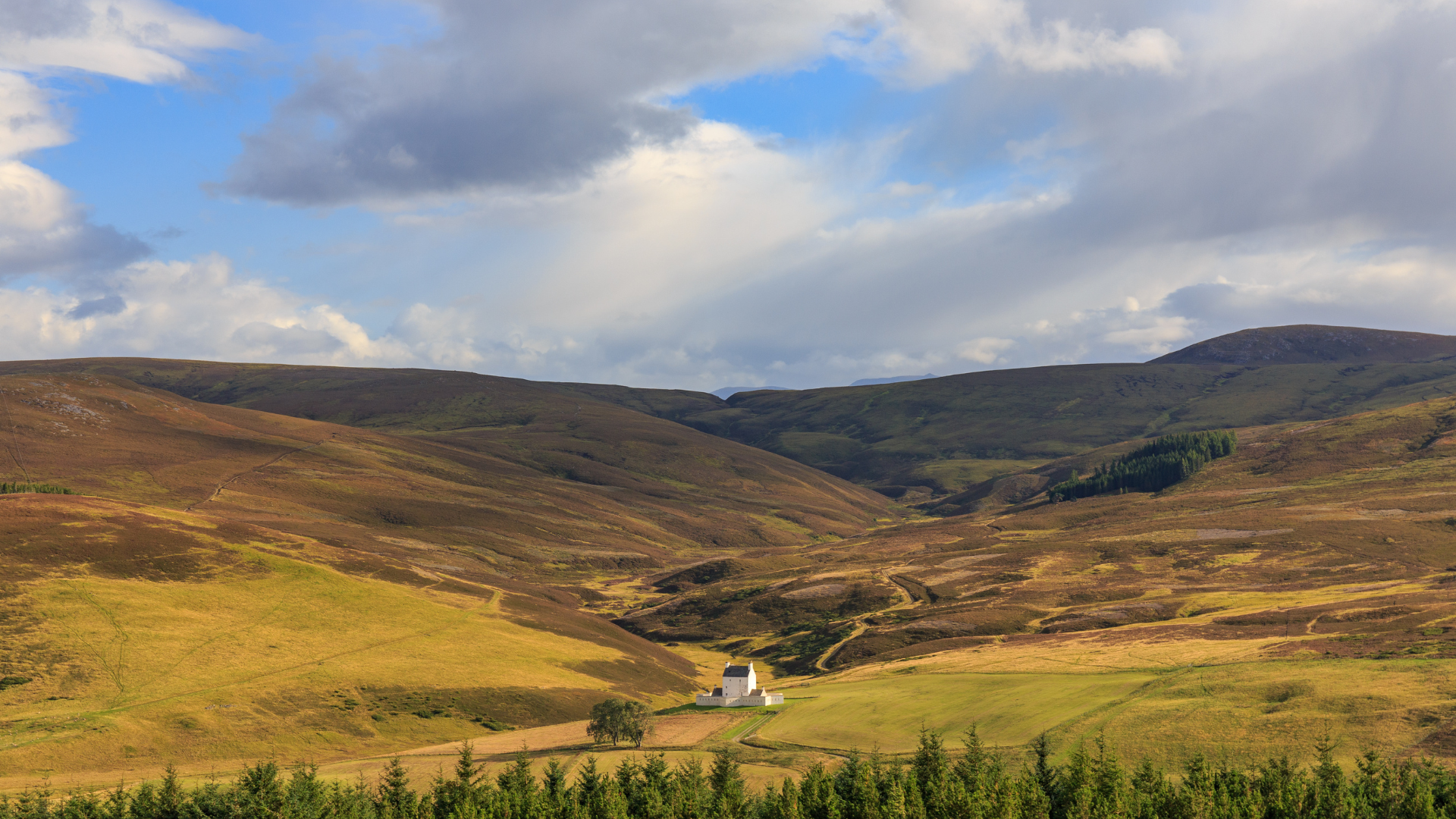
This blog post covers:
- Where is Corgarff Castle and how can I get there?
- A brief history of the castle
- Some fun facts
- Opening hours and prices
- When is a good time to visit?
- Should I visit as a day trip or as part of the North East 250 route?
- Where to stay around this area
Where is Corgarff Castle and how can I get there?
Corgarff Castle is located near Cock Bridge in Aberdeenshire; 8 miles west of Strathdon, 15 miles north of Ballater and 23 miles north of Braemar.
The easiest way to get to the castle is by car. If you don't have a car, I would highly suggest renting a car, especially if you want to do the North East 250 or do more sightseeing around the area.
- By car - From Aberdeen city centre, it takes around an 1 hour and 20 minutes to get to the castle by following the A944. From Inverness, it also takes an 1 hour and 20 minutes via the A9 and A939. From Glasgow or Edinburgh, it takes approximately 3 hours and 30 minutes via the A90.
You can also get there by bike and by foot. However, you'll just need to be careful, especially with walking, as there may be limited footpaths in this area. There's no option to go by bus or train as there's no bus stops or train stations near the castle.
A brief history of the castle
- A tower house with a walled enclosure was built on the grounds in the mid-1500s by John Forbes of Towie. This would've been a much simplier design that the castle you see today.
- In the early 1600s, the castle was abandoned and subsequently, fell into a derelict state.
- In 1645, the Marquis of Montrose occupied and repaired the castle. However, it was again set on fire in 1689 and 1690 by the Jacobites.
- In 1715, the castle was burned down again by Government forces.
- The castle was then returned by the Government to the Forbes clan.
- In early 1746, the castle was used as an arms store by the Jacobites after their retreat from Derby. However, a short while later the Jacobites hurriedly fled the castle after they were marched on by 300 Government troops. They left behind large quantities of gunpowder and muskets, which the troops seized and either destroyed or returned to Aberdeen.
- In 1748, Corgarff Castle was converted to barracks. It was used as barracks up until 1831, when the army abandoned it.
- In 1961, Corgarff Castle passed to the state and was later restored by Historic Environment Scotland.
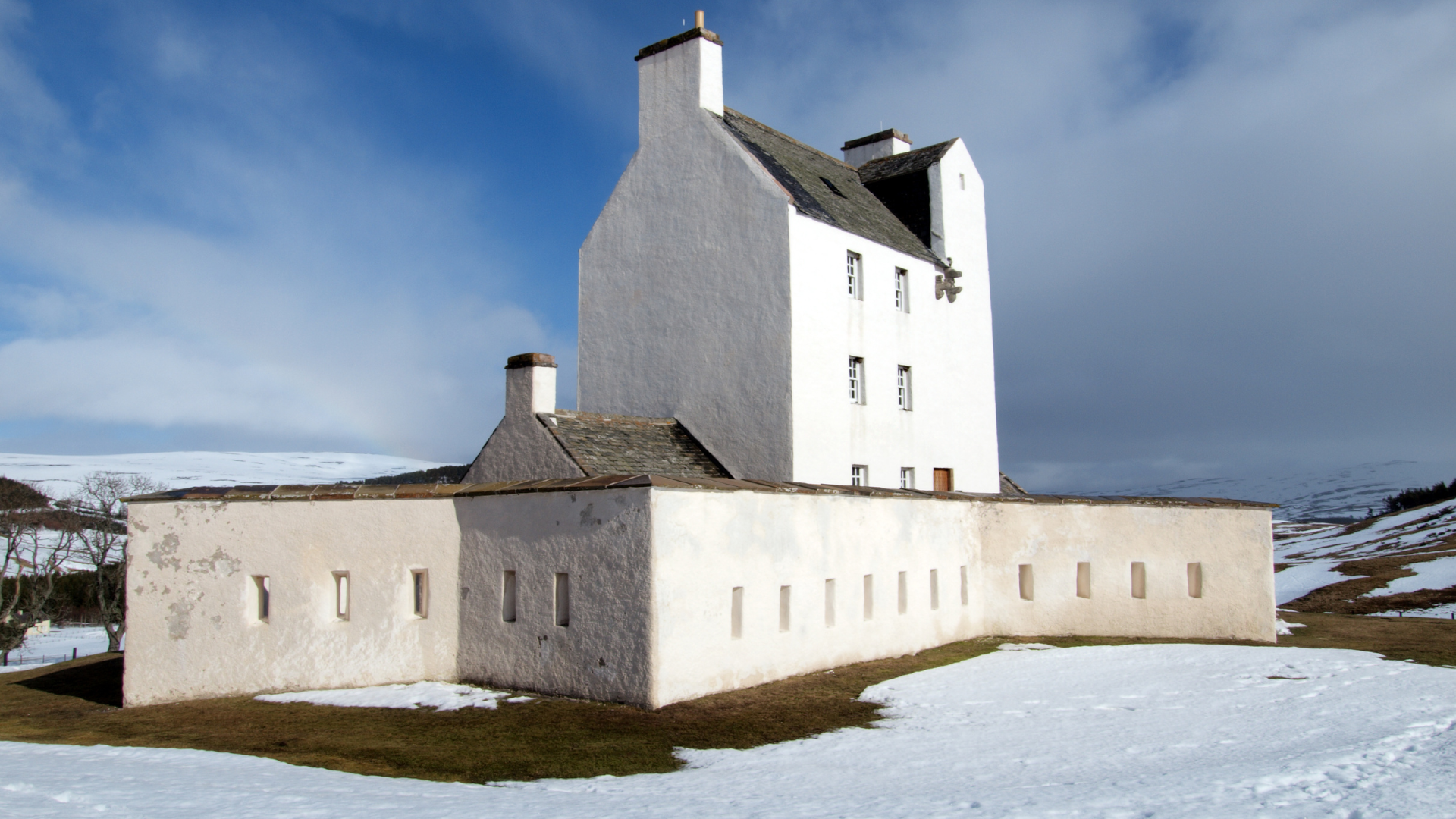
Some fun facts
1. Like many Scottish castles, this one is also believed to be haunted too. This is due to a rather sinister event that occurred at Corgarff Castle in November 1571. The castle was originally occupied by the powerful Forbes clan. However, this clan had a feud with the equally as powerful Gordon clan. They disagreed on certain issues and after the Scottish reformation, the feud itensified with the Forbes clan accepting the new Protestant religion, whereas the Gordon clan stood firmly with catholism. So, in November 1571, Adam Gordon of Auchindoun Castle tried to capture Corgarff Castle, the Forbes men were absent at the time but John Forbes wife, Margaret, refused to surrender the castle. Instead, she fired a warning shot with a pistol, which hit one of the Gordon clans knees. This obviously didn't go down well and in response, Adam Gordon threw kindling into the castle and set it on fire, killing the 27 women, children and servants who were inside.
2. The castle was burned down on 3 seperate occasions. The first by the Gordon clan in 1571, the second by the Jacobites in 1689-1690 and the third was by the Government forces in 1715.
3. In 1820, Corgarff Castle briefly housed a small scale legal distillery. You can still see a whisky still from this period in the one of the pavillions that was added to the castle by the army.
4. Did you know that kilts were actually made illegal in 1746?! The army who lived in the barracks at Corgarff castle from 1748-1831 patrolled the area to ensure that no locals were wearing kilts, were carrying weapons or were smuggling whisky. Unsurprisingly, they were not popular at all with the locals, who made it a hostile environment for the troops.
5. When Corgarff castle was used as barracks between 1748 and 1831, a rather unusual star-shaped walled enclosure was built. The shape was so that no matter where an enemy was approaching from, there was a line of fire. This wall wouldn't have been strong enough to withstand an artillery attack but it would've deterred locals from raiding the castle. You can still see this perimeter wall today.
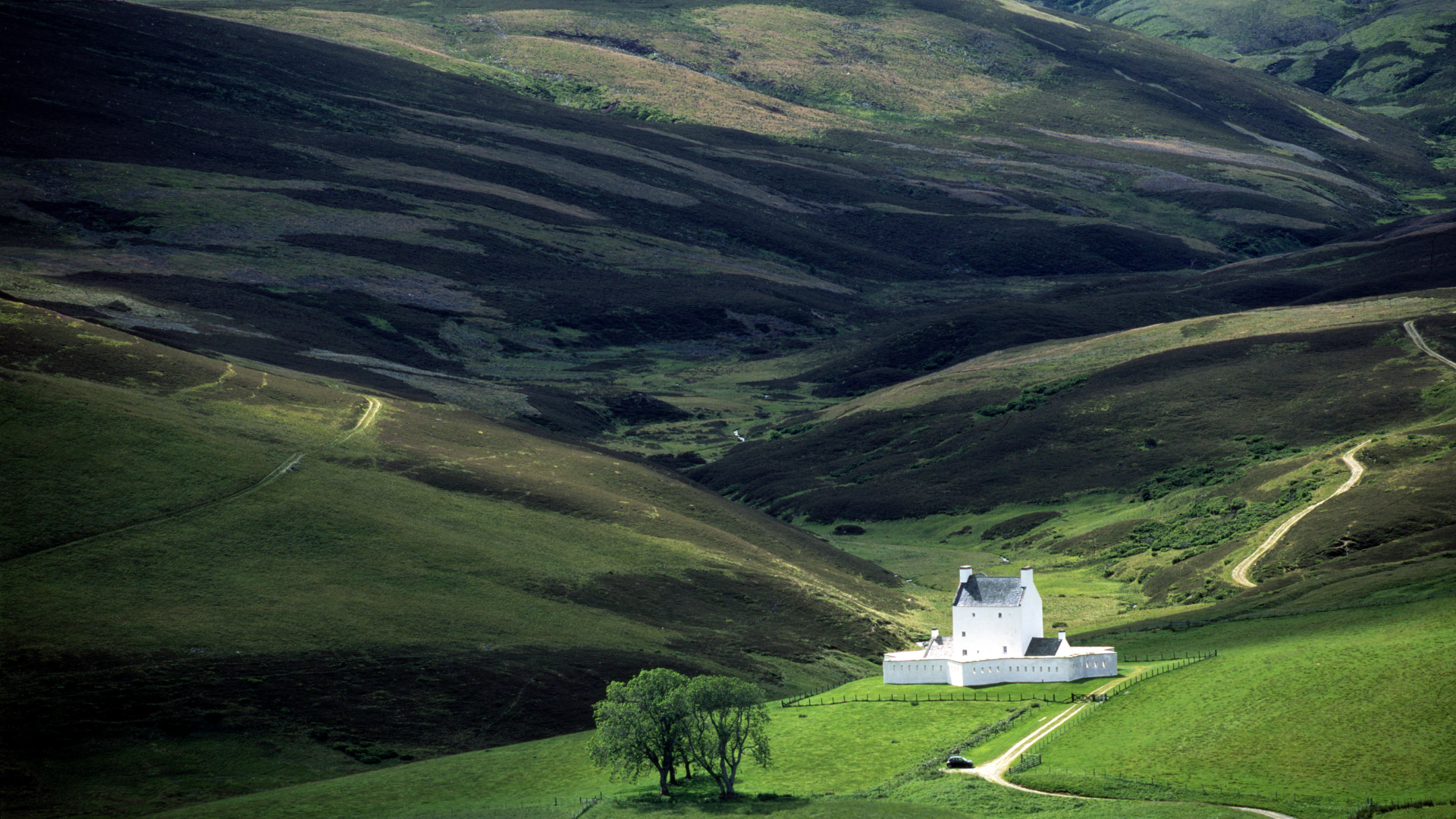
Opening hours and prices (as of March 2023)
For the Castle, the opening hours are as follows:
- 1st April to 30th September, daily, from 10am to 5.30pm (last entry is at 4.30pm). Booking is required in advance, and you can buy tickets directly on the castle website by clicking here. Your visit will be by guided tour. Please note, there may be closures to the castle due to adverse weather or other reasons, check this link on the day of your visit to make sure the castle is open before you travel.
- The castle is closed from the 1st October through to the 31st March 2024.
Prices as of March 2023:
If you have a Historic Scotland membership, then admission is free. The Historic Scotland card is £4.35 per month for an adult, £3.45 for senior (65+) and £2.50 for young adults (16-24) but it will get you access to over 300 historic places all over Scotland from castles to prehistoric monuments. Definitely a worth while investment if you are going to be doing a lot of exploring around Scotland.
However, if you do not have a Historic Scotland, then to visit the castle it costs:
- £7.50 for an adult ticket (16-64 years)
- £6.00 for a concession (65+ years and unemployed)
- £4.50 for a child ticket (7-15 years)
- £15.00 for a 1 adult, 2 children family ticket
- £21.50 for a 2 adults, 2 children family ticket
- £25.50 for a 2 adults, 3 children family ticket
When is a good time to visit?
The castle is only open from the start of April through to the end of September. Any of these months are a reasonably good time to visit as the worst of the Scottish weather should hopefully be behind us by April.
There's pros and cons for visiting in Spring, Summer or Autumn. In April, May and September, the weather should be starting to get a bit better and it'll be less crowded. In June-August, it'll be busier but the weather should be hopefully quite a bit warmer and sunnier.
Should I visit as a day trip or as part of the North East 250 route?
If you live in or close to Aberdeenshire or the Cairngorms National Park, then you could visit Corgarff Castle as part of a day trip. However, if you are going to be travelling from further afield, then you will probably want to stay over and spend a couple of days here exploring the area as it's a long way to come to just visit Corgarff Castle.
If you have at least 4 days, you could also consider doing the North East 250. The North East 250 is similar to the North Coast 500 but as the name suggest it's half the number of miles. The North East 250 is a 250-mile circular route, typically starting and ending just outside Aberdeen. However, you can start and end wherever suits you best. There is loads more to see on the route from hundreds of castles, whisky distilleries and lovely little seaside towns. The route is one of Scotland's best road trips.
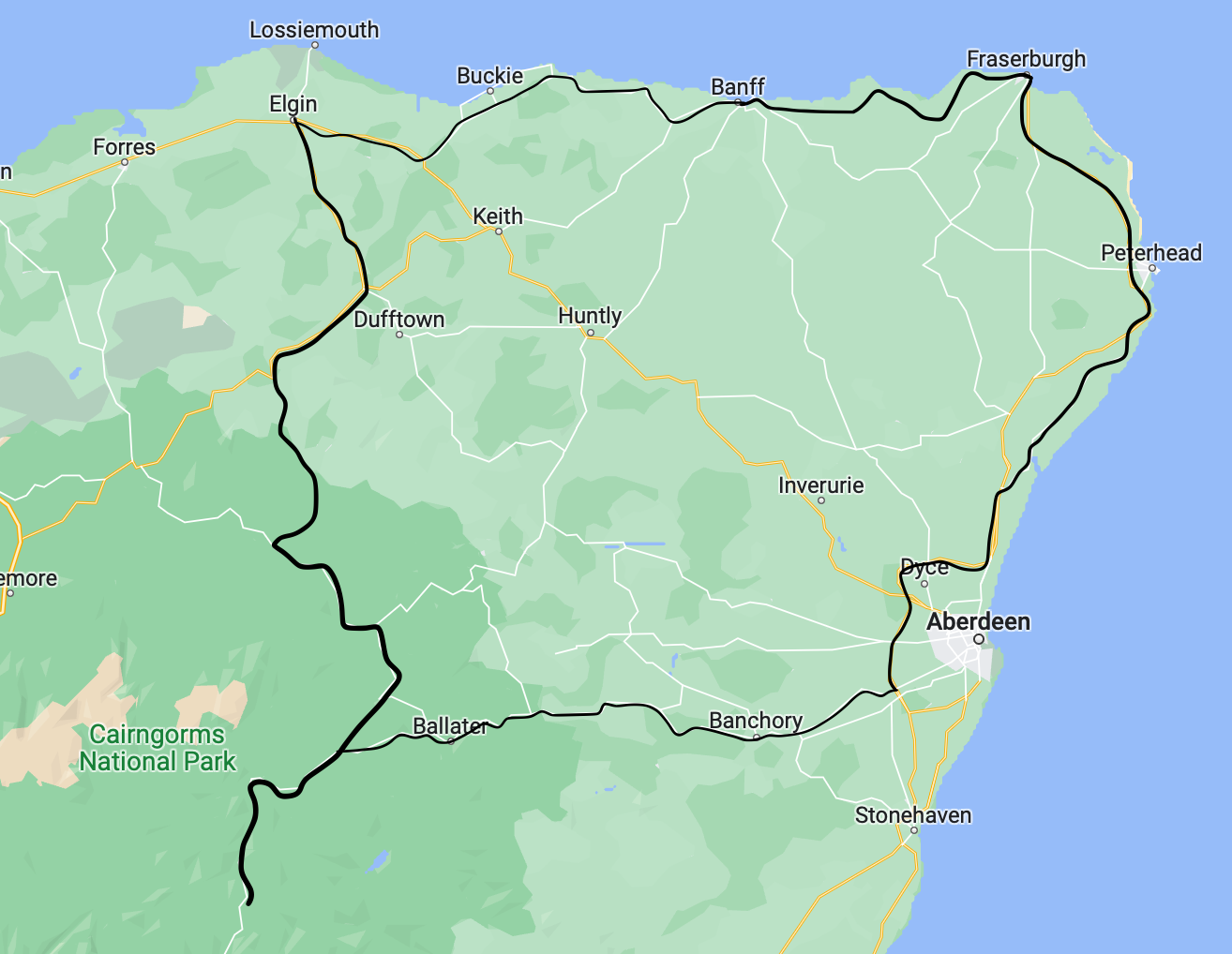
Where to stay around this area
- Budget (£0-£75 per night)
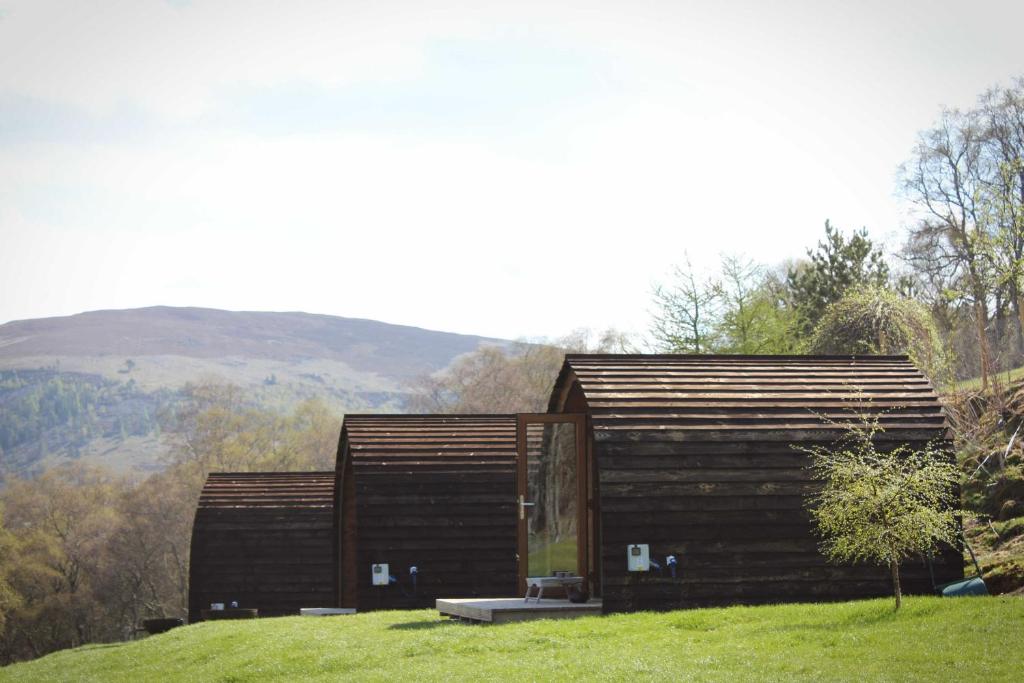
- Mid-range (£75-£150 per night)

- High end (£150+ per night)

Thanks for taking the time to read my blog post. If it has helped you, please consider subscribing to my blog to be kept up to date with new posts or sharing it to help others!
Kirsty x
